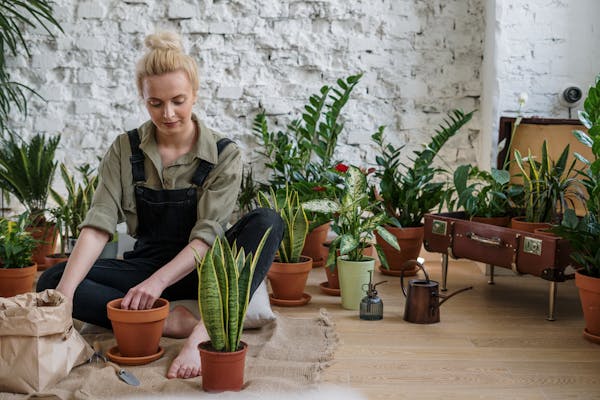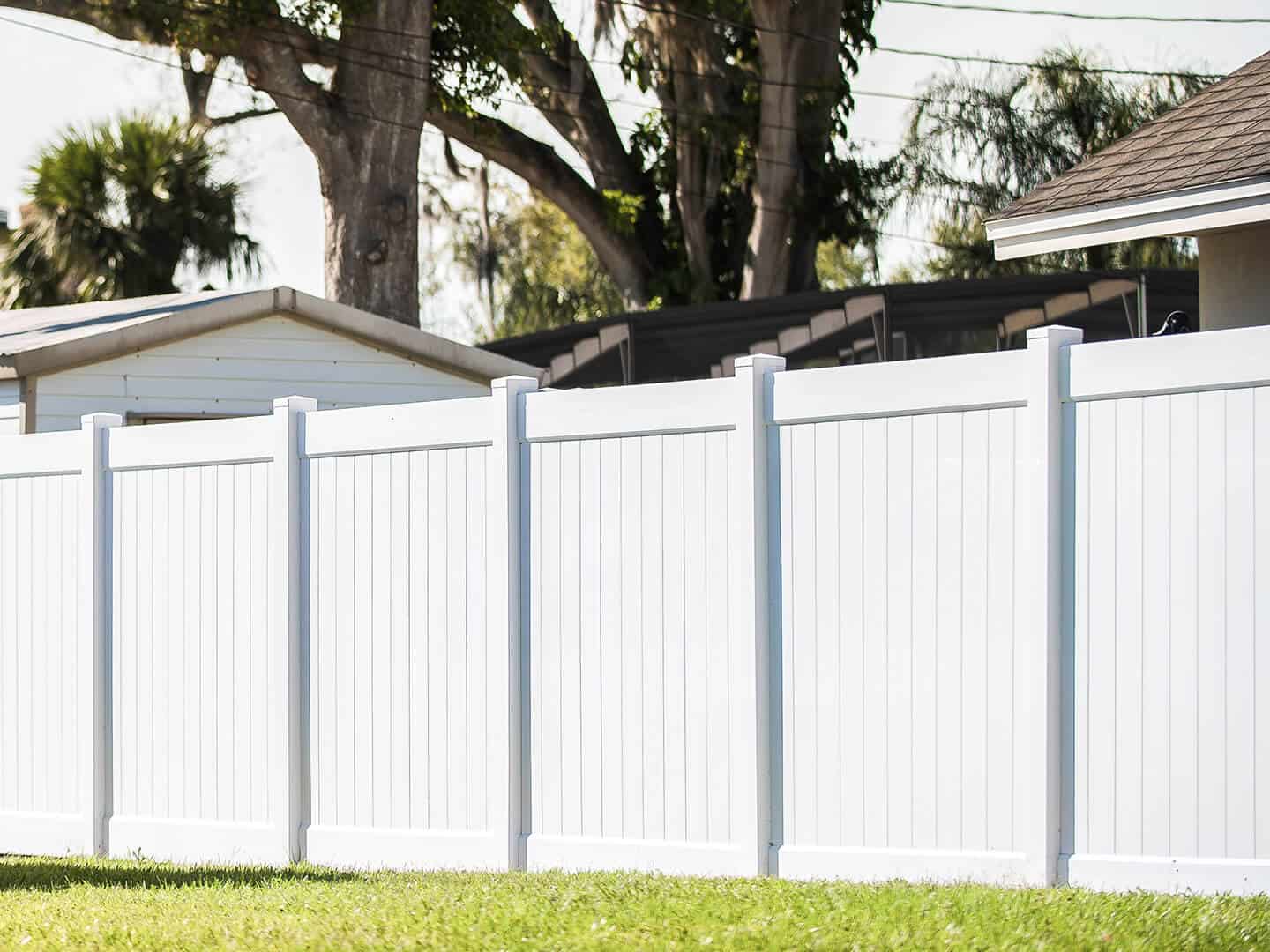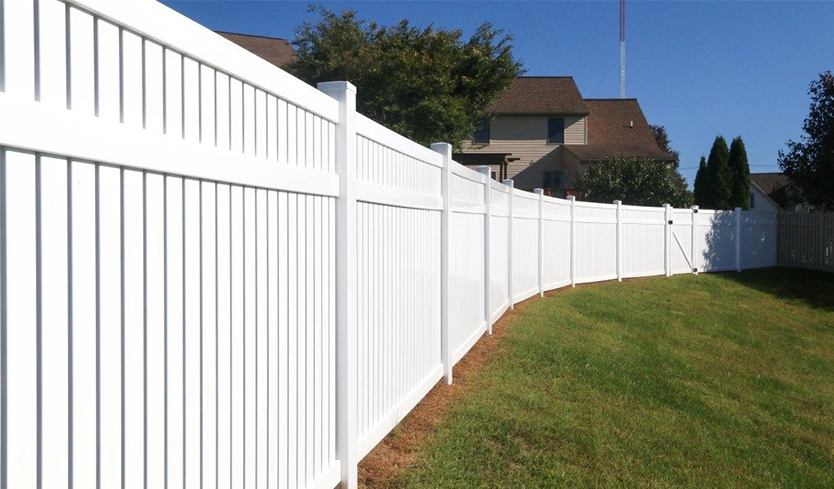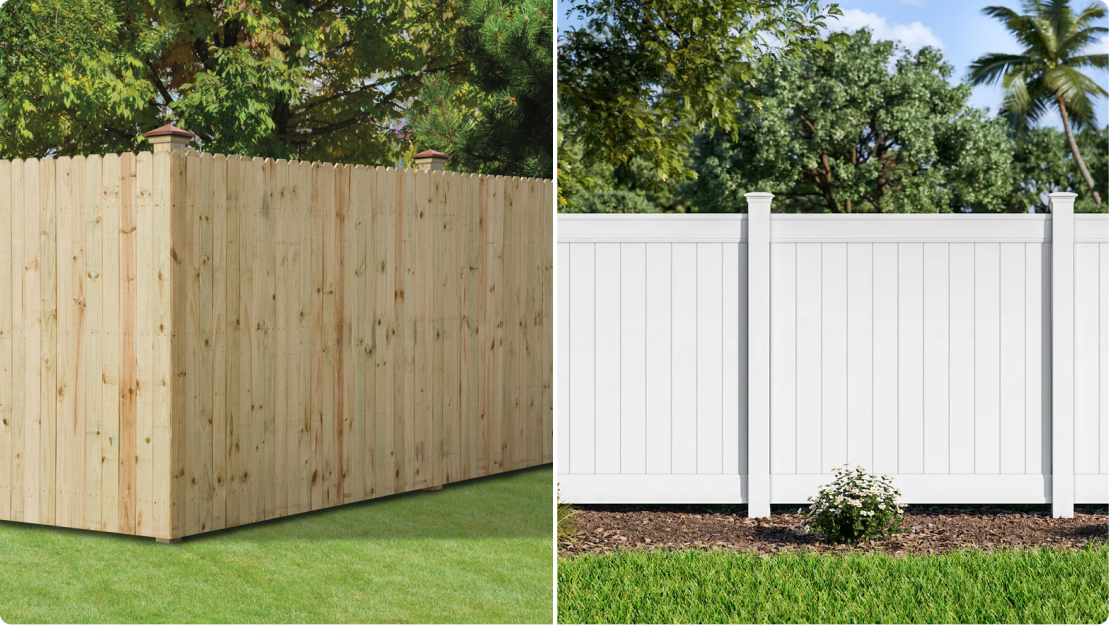Bluestem grasses are a terrific addition to pollinator gardens
Q: I am in will need of your assistance to identify the plant in the photos as to no matter whether it is an decorative grass or a weed that requirements to be taken off from my home?
— Patrick, Vero Seaside
A: The grass seems to be one particular of the bluestem grasses, Andropogon species, and possibly Andropogon virginicus native to the southeastern U.S., together with Florida. This plant is regarded by a number of typical names, which includes broom-sedge, whiskey grass, broom-sedge bluestem, and yellow-sedge bluestem this plant grows in a lot of places, which include prairies and the edges of ponds.
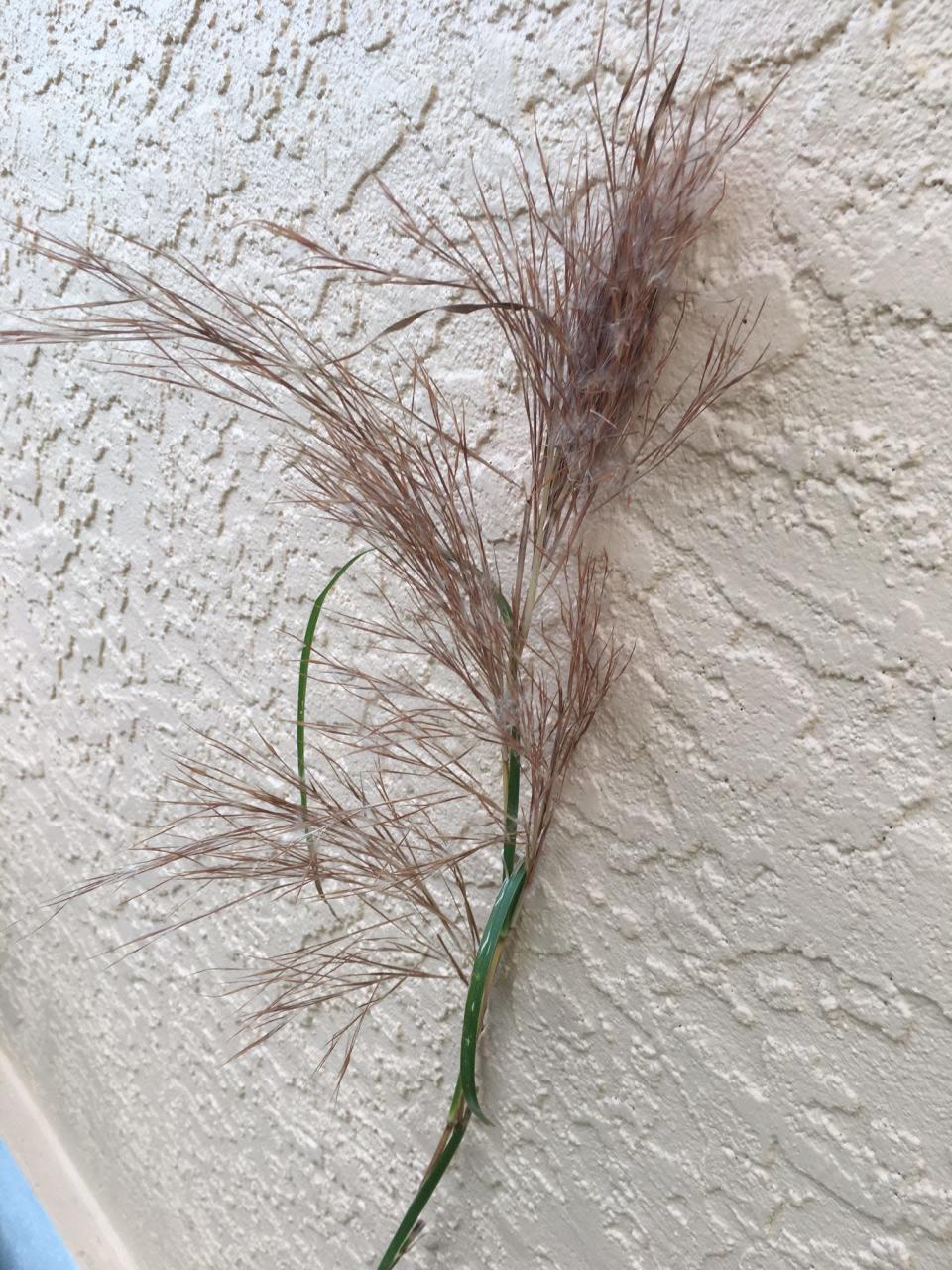
Is it a weed? That is dependent on exactly where it is rising. It is regarded as launched and weedy in California and Hawaii if not invasive. In Japan and Australia, it has escaped and is a challenge weed. Below in Florida, it normally appears on disturbed land, in pastures – it has minimal price as forage and can increase aggressively.
Decorative grasses are utilized in the landscape and restorative plantings, and broom-sedge bluestem does have a spot in some designs. Uses for this bluestem incorporate soil stabilization, erosion manage, rain gardens, background planting, restoration places, and meadows. It is a terrific addition to pollinator gardens. It is the larval host for the Zabulon Skipper and provides houses, nesting materials, and food items for birds, bees, and other tiny animals.
Broom-sedge bluestem is a shorter-lived perennial. It is a clumping grass that grows 2- to 4-ft tall and 1- to 2-toes broad. The leaves are linear to a foot lengthy and ¼-inch huge. The leaves switch straw-colored in the slide and can persist in the clump. The blooms surface at the finishes of the stalks in the late summertime and slide. When mature, the flowers create feathery seeds that are very easily distribute by the wind. It is generally dormant in the wintertime, even in south Florida.
The soil need to be sandy and the spot open up in total sunlight or partial shade. This species is adaptable to dry, moist, and/or from time to time inundated landscapes, a prevalent event in some places of Florida. Nonetheless, broom-sedge bluestem does not tolerate salty or brackish water inundation or spray.
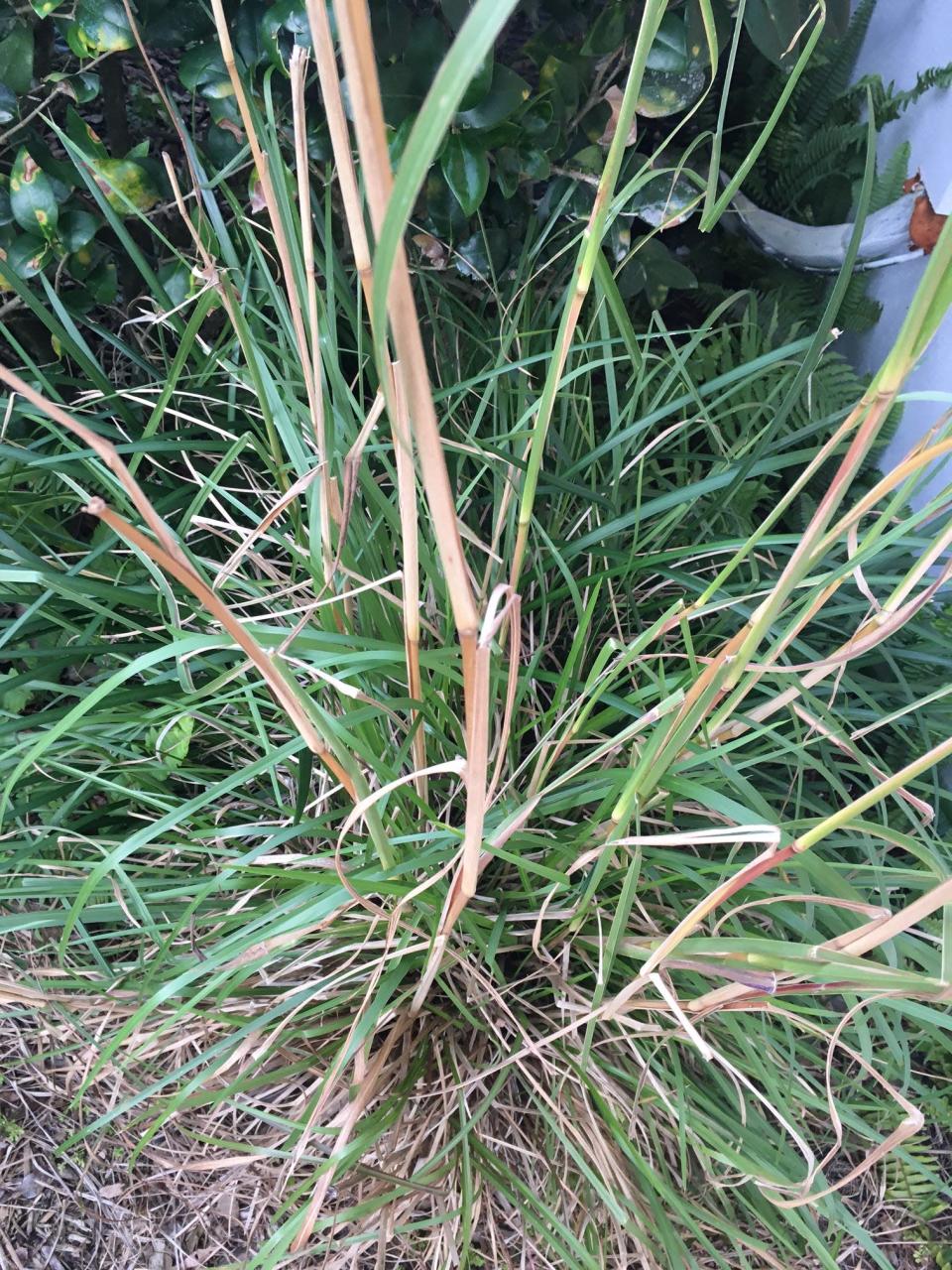
Numerous other kinds of grass are an excellent addition to broom-sedge bluestem plantings. Take into consideration adding Muhly grass, Florida gamma grass, or smooth cordgrass to the space. Ornamental grasses are not a fantastic choice for formal or manicured landscapes. Ornamental grasses absence conformity to a regular look and an unorganized condition.
Prune decorative grasses just before advancement begins in the spring or not at all. Resist the urge to take away the previous plumes and/or square off ornamental grasses following tumble blooming. Leave the crops in their pure form to love seed heads carefully swaying in the breeze during the fall and winter.
Carol Cloud Bailey is a landscape counselor and horticulturist. Send queries to [email protected] or visit www.yard-doc.com for more info.
This write-up at first appeared on Treasure Coastline Newspapers: Bluestem grasses are employed in some landscape styles

